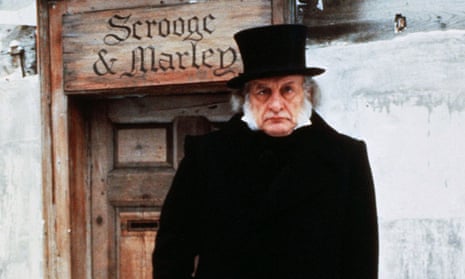Ebenezer Scrooge may not have been as weatherproof as he thought. The bitter winter is described vividly in A Christmas Carol, but Scrooge maintains just a low fire to warm himself in his room and eats only gruel. Dickens tells us “he carried his own low temperature always about with him”.
However, his economies with the heating may have backfired on the old miser. While Scrooge initially suspects his ghostly visitors may be the result of a poor digestion, he does not appreciate that hypothermia can also produce vivid hallucinations.
“A combination of undernutrition and hypothermia is as likely an explanation of the delirium as any,” concludes a tongue-in-cheek study of Scrooge’s case in the Journal of the Royal Society of Medicine.
There are similarities with other cases. In 2008, the BMJ reported on a couple who had recently converted to Buddhism, who both hallucinated that they saw a Buddhist holy man in the Cairngorms during cold weather. Climbers on Everest have described hallucinating benign companions, presumed to be due to a combination of hypothermia and the thin air.
One person’s hallucination is another’s apparition. And, whether or not they were the result of hypothermia, Scrooge’s ghostly visitors were certainly a blessing.

Comments (…)
Sign in or create your Guardian account to join the discussion